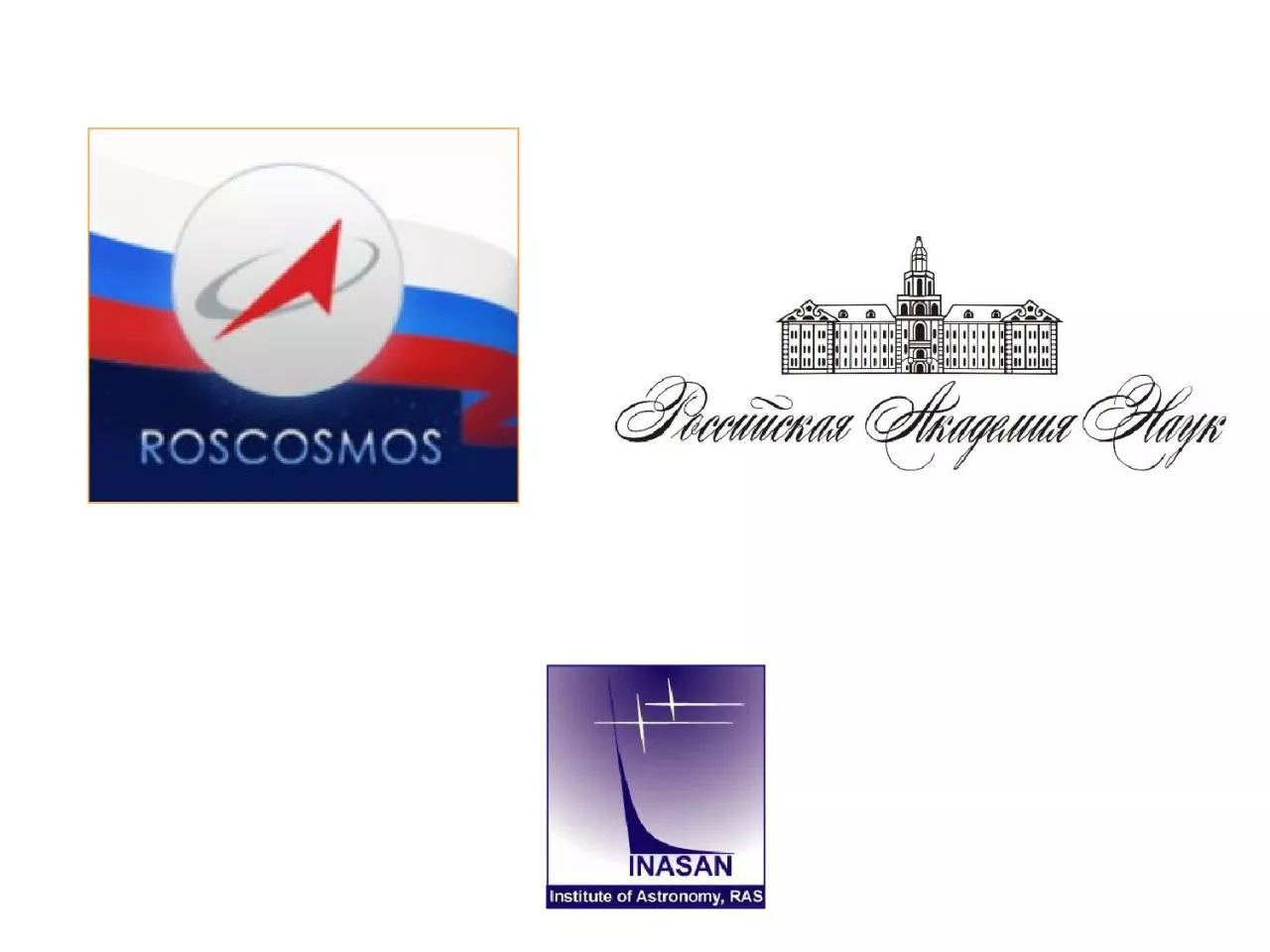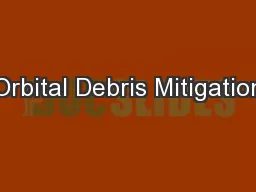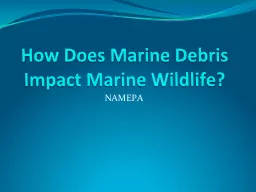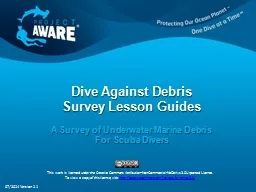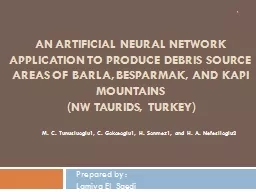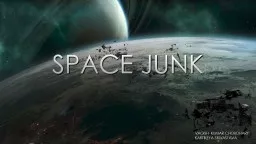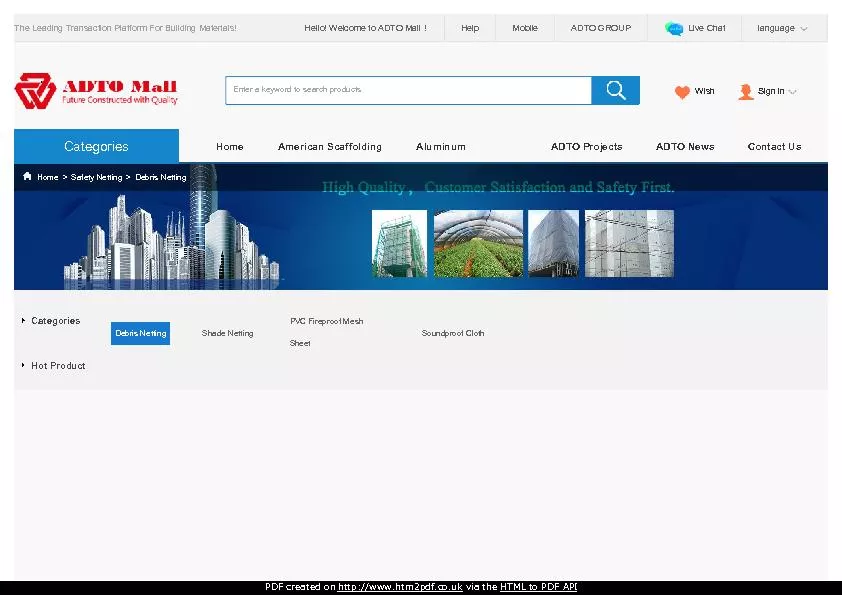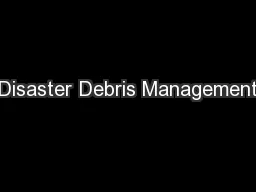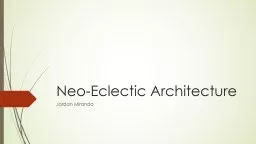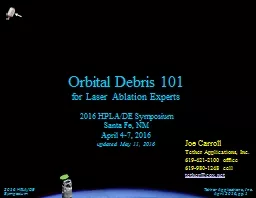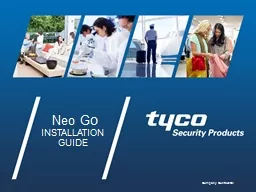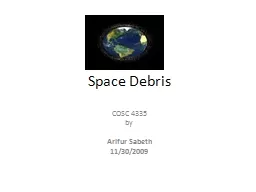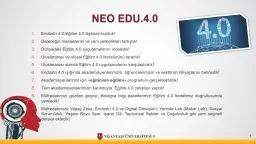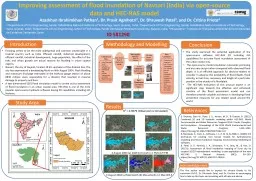PPT-Roscosmos and RAS expressed their wish to integrate issues of NEO and space debris in
Author : josephine | Published Date : 2024-02-02
Project proposed for Russian Federal Space Program for 20162025 ECOZOND NEBOSVOD APOTHIS EKOZONT Project of space survey telescope for the detection NEOs 3 EKOZONT
Presentation Embed Code
Download Presentation
Download Presentation The PPT/PDF document "Roscosmos and RAS expressed their wish ..." is the property of its rightful owner. Permission is granted to download and print the materials on this website for personal, non-commercial use only, and to display it on your personal computer provided you do not modify the materials and that you retain all copyright notices contained in the materials. By downloading content from our website, you accept the terms of this agreement.
Roscosmos and RAS expressed their wish to integrate issues of NEO and space debris in: Transcript
Download Rules Of Document
"Roscosmos and RAS expressed their wish to integrate issues of NEO and space debris in"The content belongs to its owner. You may download and print it for personal use, without modification, and keep all copyright notices. By downloading, you agree to these terms.
Related Documents

